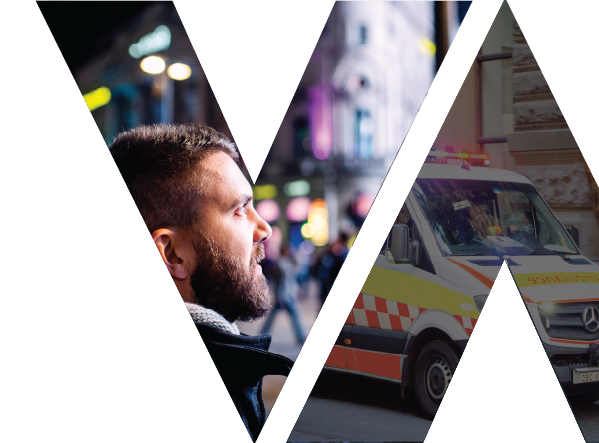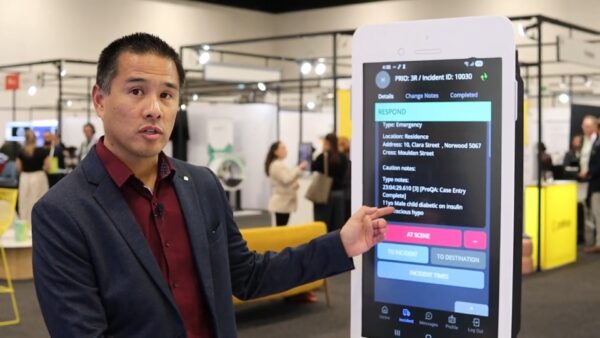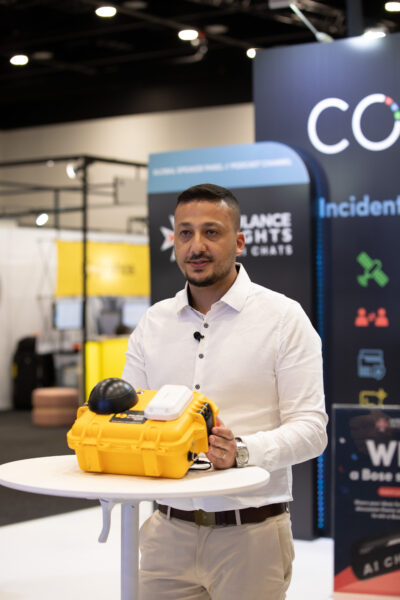Lights and sirens are no longer the only way to alert traffic to an approaching ambulance. Vehicle-to-everything (V2X) communication allows vehicles to interact with any entity. This blog explores opportunities to leverage V2X technology in ambulance via our critical communications hub.


Anthony Fisher
R&D Manager
Anthony has more than 10 years of experience building software solutions. He has led teams through all phases of the software development life cycle, including prototyping, patenting, commercialisation, implementation, and maintenance. Anthony plays a key role in defining Corvanta’s strategy for the provision of next generation pre-hospital care technology to our customers.
Lights and sirens are no longer the only way to alert traffic to an approaching ambulance. Vehicle-to-everything (V2X) communication allows vehicles to interact with any entity that may affect them, such as other vehicles, infrastructure, or pedestrians.
When incorporated into your critical communications hub, V2X technology can yield numerous benefits.
Faster Response Times
V2X can help emergency vehicles navigate through traffic more effectively by digitally communicating with other vehicles on the road. It can signal other drivers to clear the way or stop, thus reducing response times.
Improved Safety
By communicating with other vehicles, V2X can help prevent accidents. For example, it can inform other vehicles of an ambulance’s route, speed, and direction, reducing the risk of collisions. Similarly, V2X can warn pedestrians of an approaching emergency vehicle, increasing their safety.
Traffic Management
V2X can communicate with traffic lights and other infrastructure to optimise the route for emergency vehicles. For example, it could change traffic lights to green to allow an ambulance to pass through more quickly.
Information Sharing
V2X can facilitate real-time data exchange between emergency vehicles, dispatch centres, and hospitals, allowing them to better prepare for incoming emergencies.
Fleet Management
V2X can provide real-time data on all ambulances in their fleet, such as their locations and statuses, improving coordination and efficiency.
Post-Incident Analysis
The data collected through V2X can help analyse and understand the circumstances leading up to an accident or emergency. It can aid in subsequent investigations and help devise strategies to prevent future occurrences.
Road Condition Alerts
V2X can provide real-time alerts about hazardous road conditions or traffic congestion, enabling emergency service vehicles to select the most effective routes.
Seamless Coordination
In large-scale disasters, V2X can help coordinate multiple emergency vehicles and agencies, ensuring they can work together effectively without overlap or confusion.
Conclusion
The implementation of a critical communications hub will play a crucial role in supporting and enhancing the functionality of advanced technologies like V2X. By serving as a central point for transmitting and receiving data between vehicles and infrastructure, a communication hub will streamline the communication process, enabling seamless integration of V2X technology into our transportation systems. This will not only enhance the effectiveness of V2X applications but also pave the way for the realisation of a connected and autonomous vehicle ecosystem.
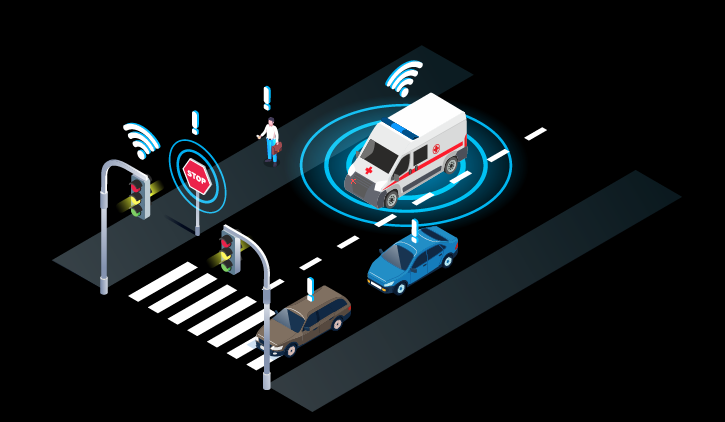
Looking ahead, the significance of V2X technology is poised to increase rapidly. In fact, by 2025, all vehicles may be required to support V2X technology to obtain the highest safety rating, such as the ANCAP 5-star rating. This mandatory integration underscores the critical role V2X plays in enhancing road safety, reducing accidents, and mitigating traffic congestion. As a result, the more vehicles and infrastructure that incorporate V2X, the more effective it will be.

Mitch Farquhar
R&D Manager
Mitch has more than 20 years of experience building software solutions. He has led teams through all phases of the software development life cycle, including prototyping, patenting, commercialisation, implementation, and maintenance. Mitch plays a key role in defining Corvanta’s strategy for the provision of next generation pre-hospital care technology to our customers.
READ MORE
CRITICAL COMMS HUB SERIES
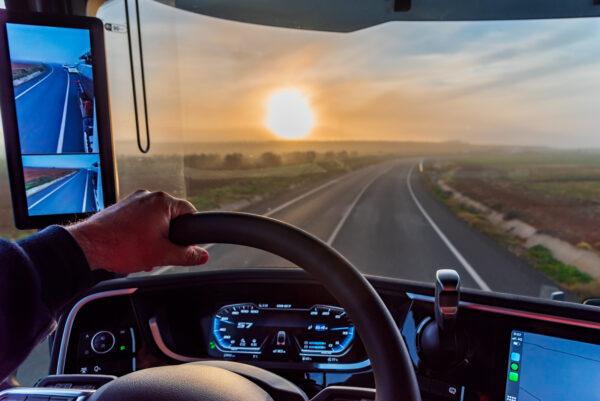
Critical Comms Hub Series: Enhancing First Responder Safety through AI Fatigue Detection
First responders often work under high-pressure and demanding conditions, which can lead to fatigue. Fatigue significantly impacts safety and the

Critical Comms Hub Series: When Your Communications Can’t Be Compromised
Reliable and uninterrupted communication is paramount for ambulance service providers. They require robust connectivity to ensure effective communication, seamless mapping
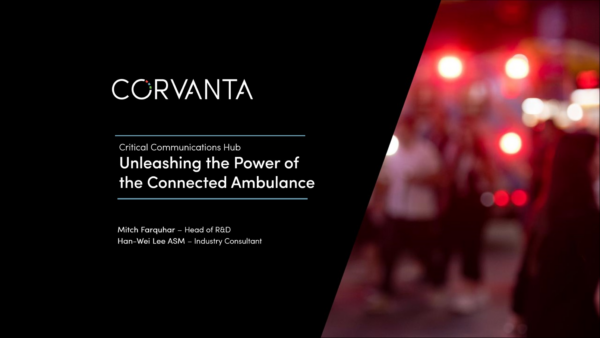
Critical Comms Hub Series: Unleashing the Power of the Connected Ambulance
Comms Hubs? MDTs? Apps? What’s the difference? Join Corvanta’s Head of Research & Development, Mitch Farquhar, and Industry

Critical Comms Hub Series: Harnessing V2X Technology in Ambulance Services
Lights and sirens are no longer the only way to alert traffic to an approaching ambulance. Vehicle-to-everything (V2X) communication allows
